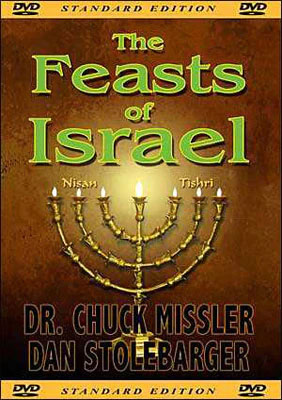October this year includes the Fall Feasts of Israel, which occur in the first 15 days of the month of Tishri. Each of the seven Feasts of Moses commemorate historical events of the nation Israel, but they also have prophetic significance as well (Colossians 2:16, 17).
October 4th (1st of Tishri)
Rosh HaShana (The Head of the Year or Jewish New Year). This begins Israel's civil year (Ezra 3:1-6); and also Yom Teruah, the Feast of Trumpets (Leviticus 23:23-25). Yomim Noraim, the seven Days of Affliction, begin here and continue to Yom Kippur.
October 6th (3rd of Tishri)
Fast of Gedaliah: Not a Feast of Moses, but observed by many Jews in memory of the slaying of Gedaliah, appointed by the Babylonians as governor of Judah after the capture of Jerusalem in 586 B.C. (Jeremiah 41:1-2; 2 Kings 25:25; also called the Fast of the Seventh Month in Zechariah 7:5, 8:19).
October 13th (10th of Tishri)
Yom Kippur, The Day of Atonement (Leviticus 16:1-19; 23:26- 32; Hebrews 9:1-6). This is the most solemn of all the feasts, and involves the Sin-Bearer (Leviticus 16:20-34; Matthew 27:33; 2 Corinthians 5:21; Isaiah 53:6; 52:15), the Ashes of the Red Heifer, and the Water of Purification (Numbers 19; Hebrews 9:13). Jesus turns this water into wine at Cana in John 2.
October 18th (15th of Tishri)
Succoth, The Feast of Tabernacles, or Booths (Leviticus 23:33- 44). After living in temporary booths for eight days, they leave them for their permanent dwellings (Hosea 5:15-6:3; Zechariah 14:4, 9, 16). This is one of the three feasts which were compulsory for all Jewish males (Leviticus 23:33-46).
Everything in the Torah has prophetic as well as historical significance and merits our careful attention (Romans 15:4). For more information, see our briefing pack, The Feasts of Israel.



